When your application needs to measure static or quasi-static loads, forces or weights, you would need to use a load cell. A load cell is a device that converts the applied force into an electronic signal that can be used to compute the magnitude of the force applied.
Although relatively simple in concept, you’ll find that there are many complexities that might affect measurements when you actually implement your load cell system. One needs to consider a number of factors before you decide which load cell to use.
These include:
Magnitude of force/load/weight being measured
This is important to know because typical load cells offer overload protections of about 1.5 times the rated load capacity. If you apply loads – even temporarily – beyond this maximum load – you can seriously damage your load cell and might need to recalibrate it to ensure accurate readings
If you suspect that there could be an occasional spike in loading conditions, be conservative in picking a load cell with adequate capacity to handle the highest load condition with at least 50% margin to avoid exceeding the elastic limit of the load cell
Accuracy needed for application
Accuracies of load cells are generally rated as a percentage of full scale. So a load cell with 0.1% accuracy rating for a 100 lb load cell would offer +/- 0.1 lb accuracy, but the for a 1000 lb load cell offer a +/- 1 lb accuracy. So you need to pick the right capacity load cell for your application
Certain test and measurement applications may need the accuracy as a percentage of reading so you may need to pick a load cell with adequate accuracy to address those applications
You also need to consider the accuracy of the complete system – not just the load cell. Depending on how you plan to use the load cell, the accuracy of the system could be a function of the load cell, the signal conditioning equipment, the resolution of the digitizer, the variation of the power being supplied and other environmental factors
Operating Temperature Conditions
Although most load cells offer certain degree of temperature compensation, you need to consider the operating conditions before you pick a load cell.
Is your application in a well controlled, room temperature or outdoor, harsh environments with changing humidity and temperature? If it is outdoor – you should look for load cells with IP68 rating
Even with temperature compensated load cells, there could be transient temperature conditions that affect the load cell readings. Generally speaking the compensation works best when used under constant temperature conditions
Duration of measurement – Short Term vs. Long Term
An important consideration in picking the right load cells is to understand the stability of a load cell under short term vs. long term test conditions
Most scales work under the scenario where someone zeros or ‘tares’ the scale, then steps on the scale and then takes a reading. Accuracies are generally very high for these applications especially under room temperature conditions
But when temperatures are changing or when a constant load is placed on a load cell for a long time, and one cannot “Tare” the reading periodically there could be drift or Creep in the baseline reading. If your application cannot tolerate this kind of drift then you need to purchase a load cell with good long term stability and low creep
Process control applications that cannot be periodically tares and still require very high resolutions and accuracy with temperature over long periods of time – are some of the most demanding applications to outfit with a load cell
Data Update Rate
How fast do you need the reading to be? 1 Hz, 10 Hz, 100 Hz or faster?
This is important to know because load cells are generally speaking “quasi static” devices. That is they are not meant to measure the dynamic forces acting on the sensor – rather just the static loads
When you need to measure forces at a very high frequency to study the dynamics of a system – you need to purchase a force sensor with those characteristics
The response time of a load cell is generally of the order of 3-5 milliseconds – BUT this does not take in to consideration the mass of the body attached to the load cell. Depending on what is attached to the load cell – the response time could be much slower than what you expect
Furthermore, the response time is generally indicated as that of the load cells’ analog output – and not that of the complete digitized system. You need to consider the data rate of the data acquisition system, the PC or PLC being used etc. to get very high data rates
Direction of loading
Load cells generally are designed for measurement in one direction – either in Tension or in Compression
The reason for this is that -calibration systems and calibration processes are designed for one direction.
If your application needs forces to be measured in both directions i.e. Universal loads – then the accuracy of the system may be lower than it is in just one direction.
Some load cells such as the S-Beam load cells are better for such universal applications and if your application permits the special mechanical configuration of the S-Beam load cell – then you should consider using that kind
Manufacturers of load cells may charge you an extra fee for calibrating the load cells in both directions
Mounting Options
This may be one of the most often overlooked aspect of load cells! Designers, engineers or users often pick a load cell and then discover they have to spend hundreds of dollars more to design fixtures or other accessories to actually use it in practice!
Pay special attention to the mounting options offered by load cells on the top as well as bottom of the load cell. Threaded holes are easier to work with and are generally lower in profile and less expensive to use than if you have to drill a hole and thread it on your end!
Also pay special attention to off-center loading conditions when you design your application. Some load cells such as pancake, button style and other circular load cells are more accurate when used axially along the center of the load cells. When off center loading conditions exist – then certain load cells such as cantilevered single point load cells offer better performance than others.
Output Required (Analog or Digital)
This is one of the most important factors to consider when picking a load cell since the type of output you want for your application is one of the biggest determining factors in the final cost of your solution
The most common output available from conventional load cells is mV/V. When you apply 10V DC power – you get about 20 milliVolt for full scale outputs. This is a low level analog signal which cannot be input into general purpose DAQs or PLCs and requires amplification before it can be used in that mode. Look for load cells with amplified outputs to reduce the headache associated with this step and the additional cost incurred
If the distance between the load cell and the DAQ/PLC is large – you may need to use the 4-20 mA type of analog output.
Better still – if your application works with a PC or a DAQ/PLC with digital inputs then look for load cells with Serial/RS-232/RS-485/USB or Wireless outputs
Total cost of Ownership
The cost of the solution depends on many factors:
- Cost of load cell
- Cost of signal conditioning equipment needed
- Cost of digitizers/control systems
- Cost of Programming or applying calibration to get readings in lb/Kg/N
- Cost of periodic recalibration
- You need to consider the total cost of solution before making a decision about which load cell to purchase
In addition, there could be significant unit to unit variation in performance and accuracy – so you need to consider the cost of calibrating the system – if you are an OEM designing a system to be used by an average consumer
Certifications Needed
If your application is going to be used commercially to transact business on the basis of weight, there are rules and regulations that you’ll need to follow as per govt.
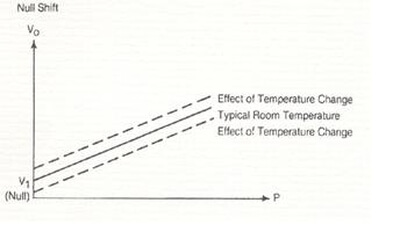
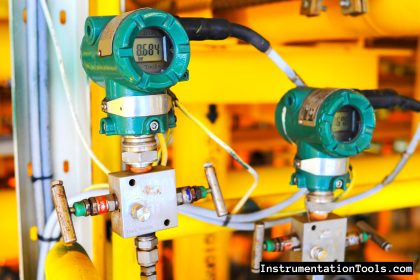

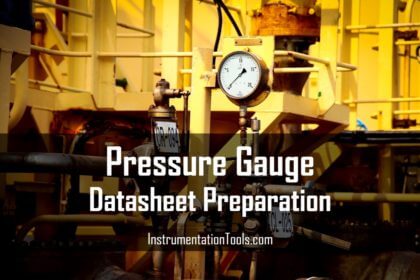
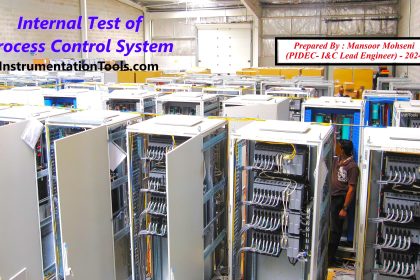
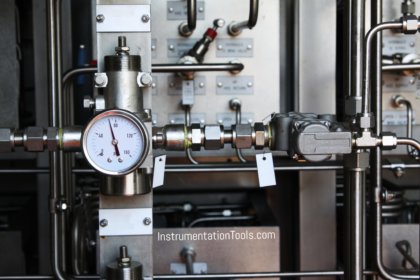


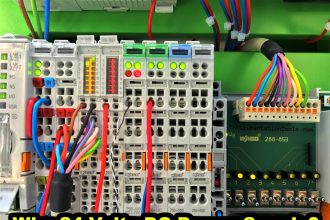
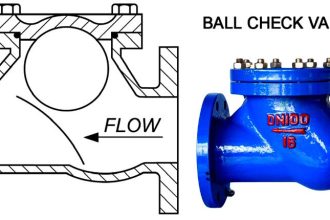
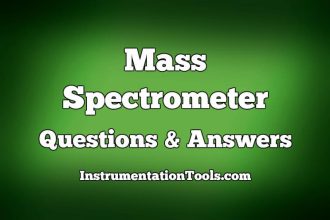
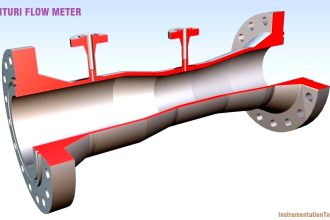


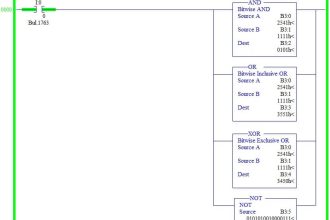


nice article…
can you pls name some organisation who design loadcell as per customer specification……I need the address for same purpose
dear, sir thanx U for valueable information abut,,,,loadcell….thanx a lot